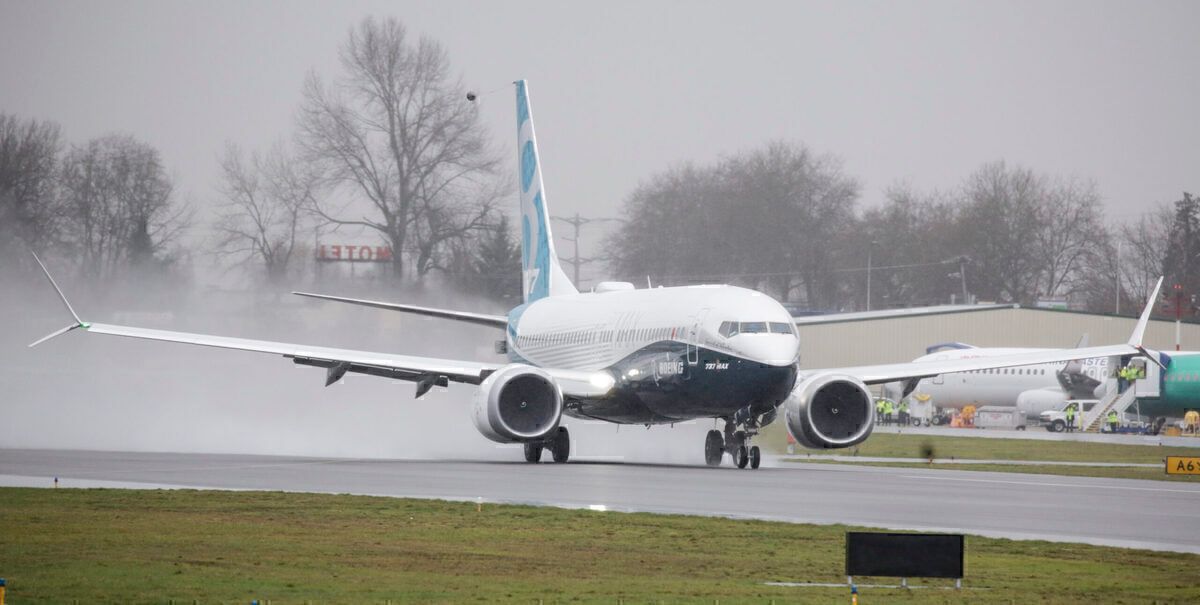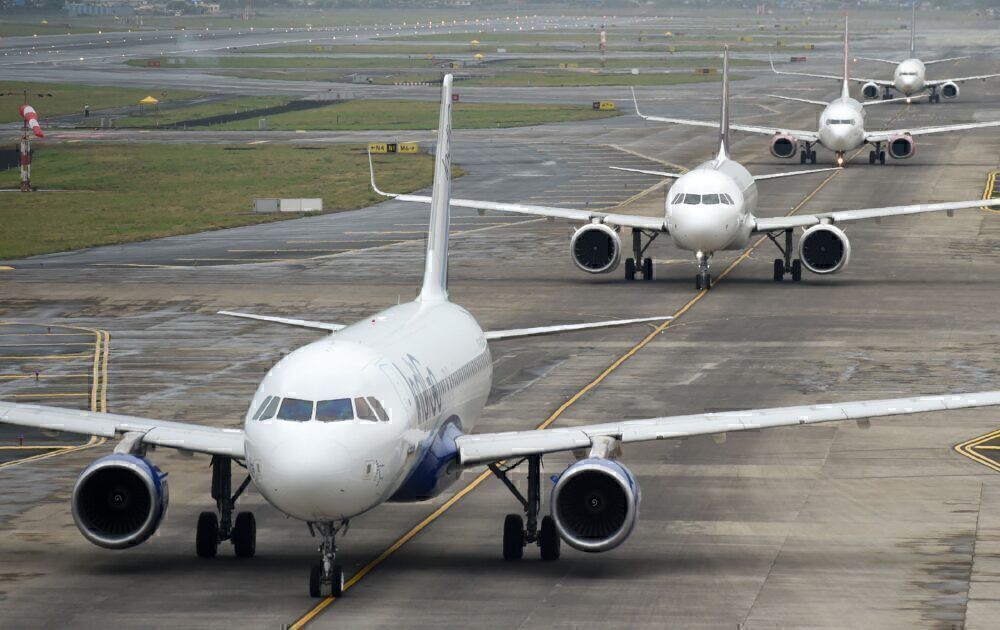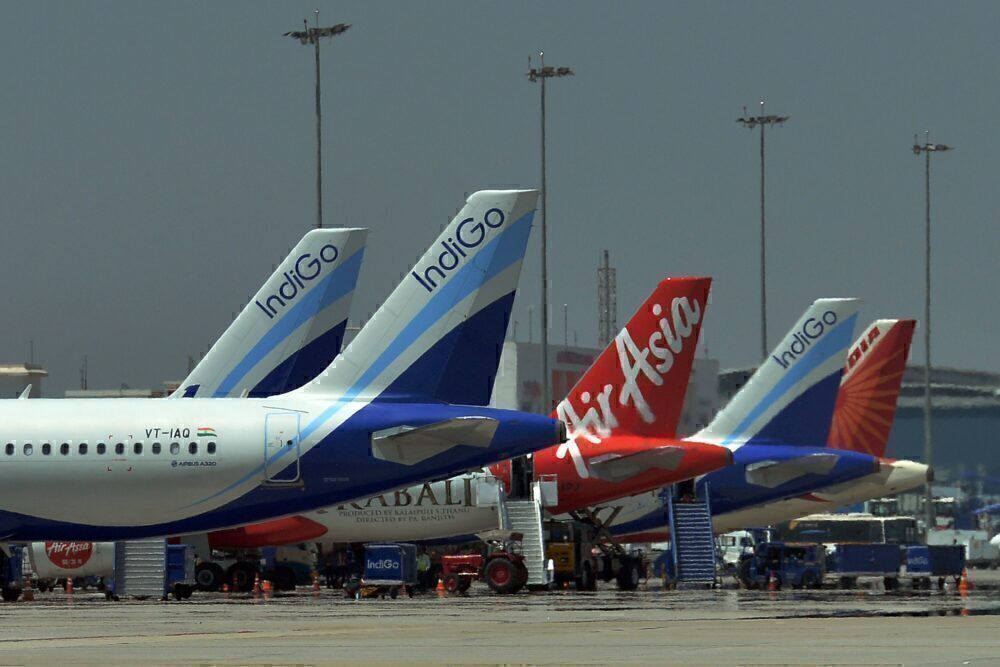In its Commercial Market Outlook (CMO) for India, Boeing predicted that aviation will bounce back to pre-pandemic levels by 2022. While this date might move due to case numbers, the market remains robust and primed for a full recovery. Let's find out more about Boeing's outlook on Indian aviation.
Recovery
In a call yesterday, Boeing released its CMO for the Indian market for the next 20 years. This included a timeline for the current state of the market, the projected recovery, and subsequent growth. Currently, Boeing estimated that domestic flights are operating at 86% of normal levels, one of the swiftest recoveries globally.
As expected, domestic traffic will bounce back first, followed by regional traffic, and finally international and long-haul. Boeing expects domestic capacity to reach 100% by the end of 2021, a conservative estimate compared to others. Currently, the government has capped flight capacity to 80% of pre-pandemic levels for the foreseeable future.
International traffic, by comparison, will take at least until 2023 to make a full recovery. This is mainly due to travel restrictions, vaccine rollouts, and slower return of business travelers. While some countries are signaling an easing of border measures this year, many others have their borders firmly shut until at least 2022.
Change in traffic patterns
As the market begins to recover, not all travel segments will bounce back the same. The first to recover be VFR traffic, or visiting friends and relatives. Both domestic and international traffic (when possible) have received a huge boost from VFR traffic in the last eight months and will likely continue to lead the aviation recovery.
Behind VFR passengers will be leisure travel. We have already seen airlines begin to model schedules to cater to holiday travelers in the last few months, adding flights to destinations like Goa and Jaipur.
Internationally, routes between India and Dubai became some of the busiest in the world on the back of leisure travel, along with destinations like the Maldives. Once India emerges from the current second wave, we can expect strong traffic on holiday routes this summer as well.
The final segment to bounce back will be business travelers. Typically the biggest revenue source for airlines, business passengers are unlikely to return to the skies any time soon and will likely take years to pre-pandemic levels. For now, airlines are turning their attention to regional and VFR routes for future revenue.
Stay informed: Sign up for our daily and weekly aviation news digests.
Traffic doubles
While a full recovery will take two more years for the Indian market, it's all upwards from there. Boeing estimates that Indian annual flight traffic will double by 2030, the strongest growth anywhere in the world. As the pandemic shakes aviation, India remains a robust underlying market, with more travelers expected to begin flying in the coming decade and beyond.
What do you think about India's aviation recovery? Will the second wave substantially hurt a full recovery? Let us know in the comments!



